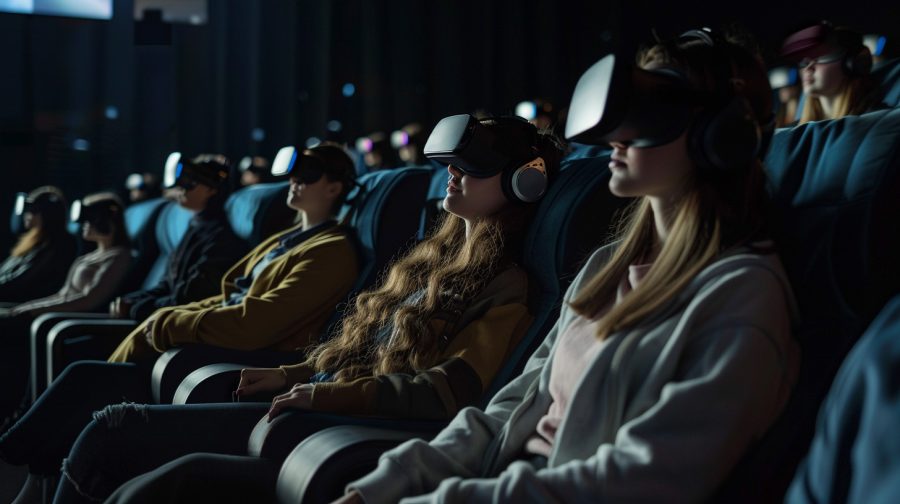
Augmented reality versus Google glasses: Soon both will be on the market. The question for consumers is, “Which one should I buy?”
Details of Google’s prototype glasses are still largely under wraps, but what we do know right now is that the glasses consist of a powerful processor, multiple microphones, a small speaker, a camera, wireless radios and senors that make the glasses aware of their physical location.
For example, if you use the glasses to take a picture of a landmark or a barcode, they will display information about the place or product on the upper part of the right-side lens. That’s different from augemented reality, where graphics are layered on top of what you see in real time.
The glasses won’t go on sale until next year. They will cost around $1,500 and will only be available in the United States.
If you want to take a step closer to becoming a cyborg, then augmented reality contact lenses could be just the thing for you.
Right now the major player in this space is Innovega Inc, which is developing the iOptik augmented reality contact lens. This device will allow people to surf the Internet unencumbered by glasses (some early detractors to Google’s glasses have said smudges may make them difficult to see through). iOptik uses nanotechnology to enhance your vision to see both what’s in front of you and information gleamed from the ‘Net.
But even more access to the web begs the question: Is…this…a…good…thing? Traffic problems and societal commentary aside, if these contacts can do that, they’re sure to be a big hit, and will introduce a whole new technological ecosystem of contact lenses.
And let’s not forget the potential military applications — already on the way. In April, Innovega signed a contract with the Defense Department to develop a prototype of its iOptik system. The contacts work in conjunction with special glasses that project images onto the wearer’s lens, which could allow soldiers on the ground to see images beamed down directly to them by drones or satellites. Whoa.
Coming soon: Supersoldiers with enhanced battlefield views. Now that’s scary science. Check out this video to see exactly what we’re talking about.
Photo by Tom Purves










